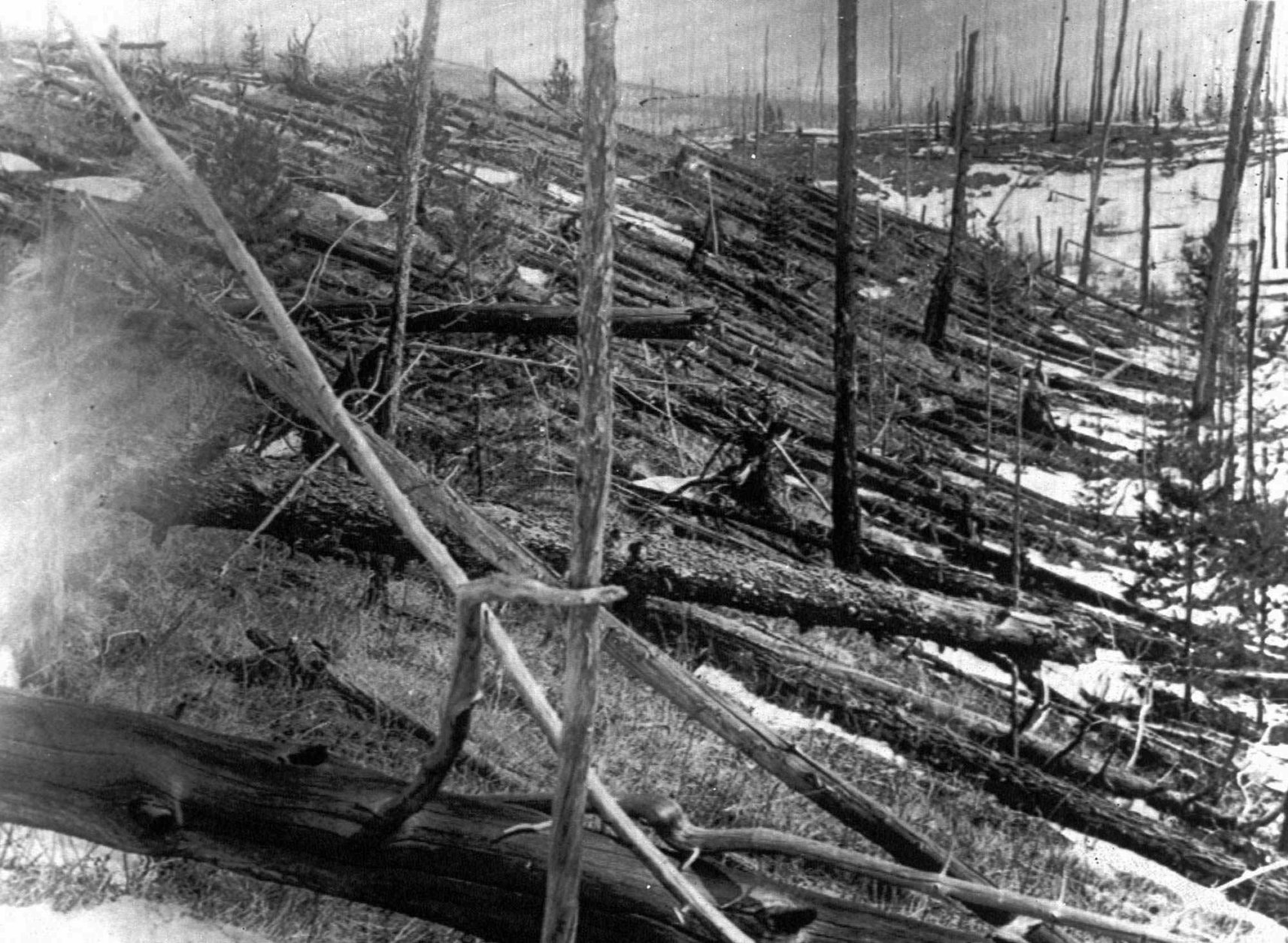
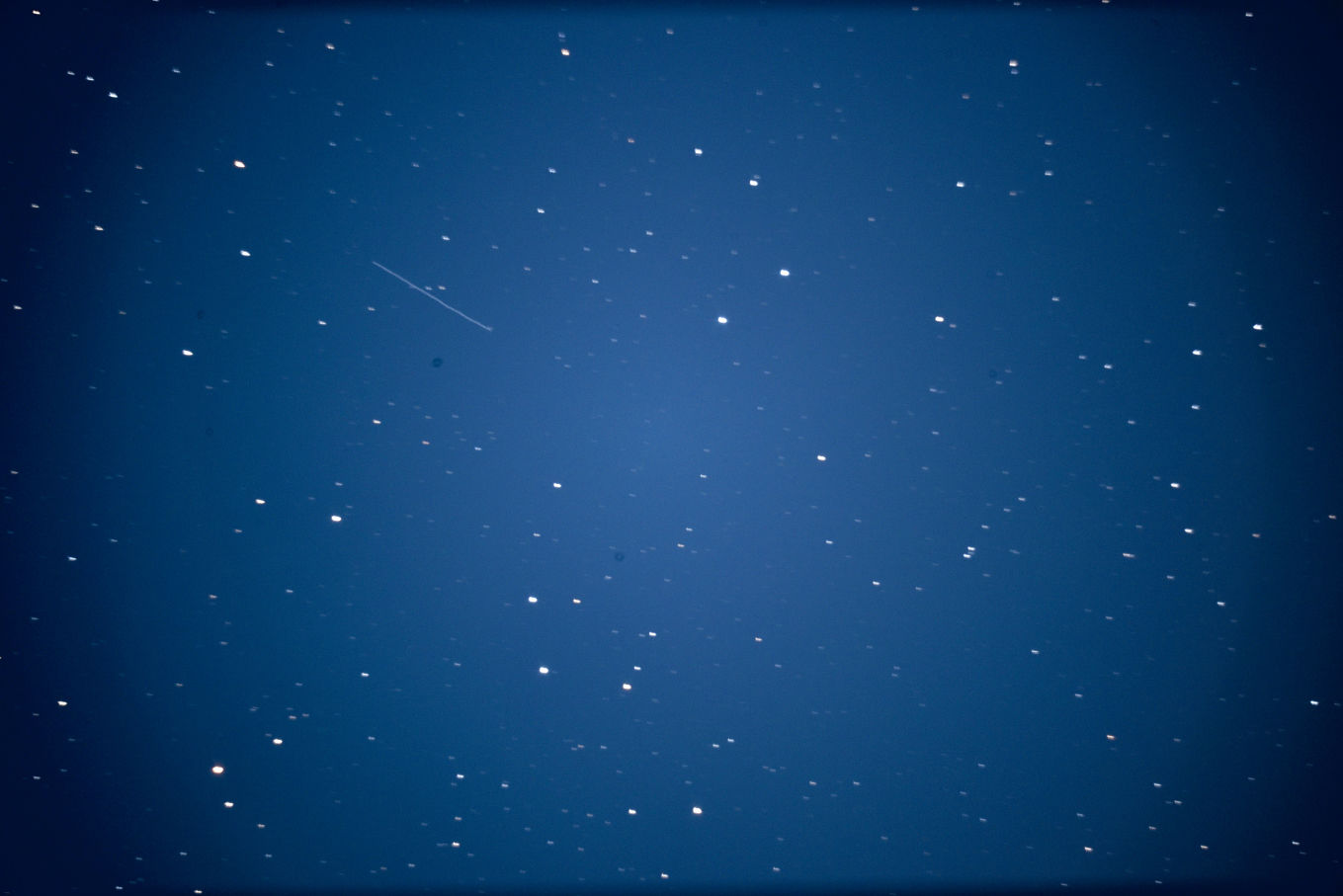
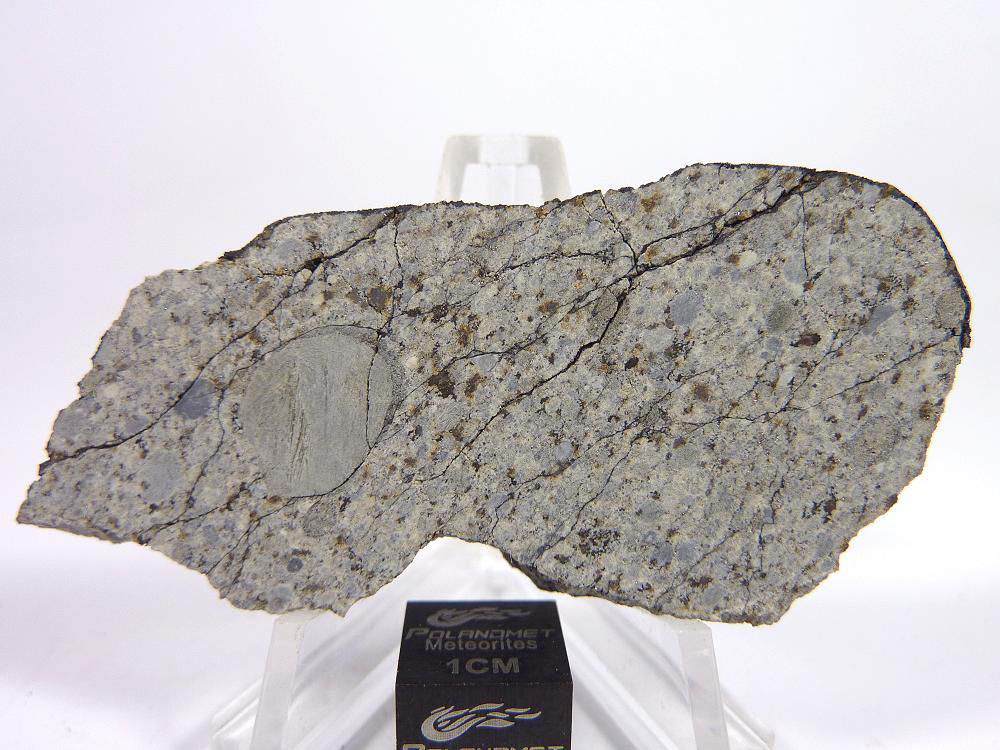
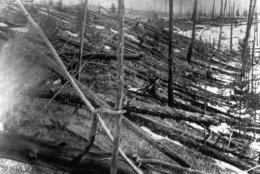
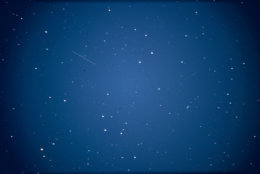
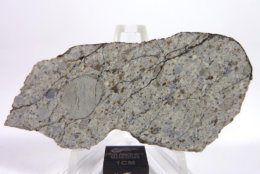
The first Asteroid Day was celebrated June 30, 2015, as a “global awareness movement where people from around the world come together to learn about asteroids and what we can do to protect our planet” from asteroid and comet impacts.
This year’s Asteroid Day has a specific theme — discovering more asteroids. “More than 1M(illion) asteroids have the potential to impact Earth and through all the available telescopes worldwide, we have discovered only about one percent. The 100X Declaration calls for increasing the asteroid discovery rate to 100,000 (or 100x) per year within the next 10 years,” according to organizers.
So why is June 30 the date for Asteroid Day? Because it’s a significant date in the history of Earth impacts.
It was the date in 1908 of the Tunguska Event, when “a stony (not icy) body” between 164 and 262 feet in diameter, entering the atmosphere at around 34,000 miles per hour” exploded six to nine miles above Tunguska, Russia. It was equivalent to the blast energy of the 1980 Mount St. Helens eruption, which devastated 800 square miles and flattened 80 million trees in Washington state. It was the largest such event to occur in modern times, and Asteroid Day serves as a reminder that planetary defense against asteroids and comets matters.
Asteroid Day events will be held on the internet and at institutions around the world where the public is invited to attend and learn. Look to see whether any events are in your area.
In the DMV, the Smithsonian National Air and Space Museum is hosting a panel discussion on Asteroid Day — Sunday — at the Museum at 1 p.m.
The Chelyabinsk impact event, in 2013, was historic due to the number of injuries and damage to buildings it caused — the most ever recorded due to an asteroid/meteorite event. The Chelyabinsk event was the most documented asteroid explosion and meteorite fall ever, thanks to the number of videos, sound recordings, photographs, witness interviews and the precise recovery process of associated meteorites.
Chelyabinsk also improved our knowledge regarding the threat posed by asteroids smaller than a kilometer — they pose a greater hazard for damage than previously thought. In December 2018 an event with 40% of the energy release of Chelyabinsk took place over the Bering Sea, reaffirming that such events happen more often than we would like.
The United Nations, NASA and other space organizations are continuing to develop defensive capabilities as well as improved detection of the millions of asteroids. NASA and others held the Planetary Defense Conference Exercise in Maryland. And we may finally see the building of a space-based telescope designed specifically for finding space rocks.
You too can help in planetary defense by becoming a citizen scientist looking for asteroids in Hubble Space Telescope images. As explained on the Zooniverse website, “With your help, we can identify asteroids in images of the NASA/ESA’s Hubble Space Telescope.”
We need to avoid going the way of the dinosaurs who were killed off by a comet impact in the Yucatán Peninsula 65 million years ago. They’re dead because they didn’t have telescopes or a space program. The cosmic clock is ticking.
Follow my daily blog and my Twitter to keep up with the latest news in astronomy and space exploration. You can also email me.







